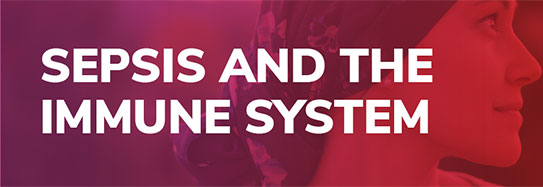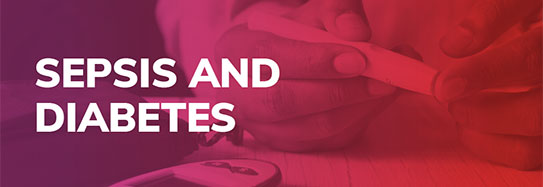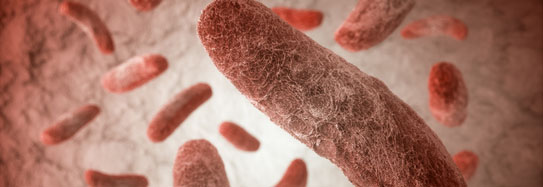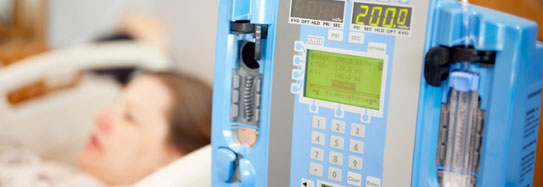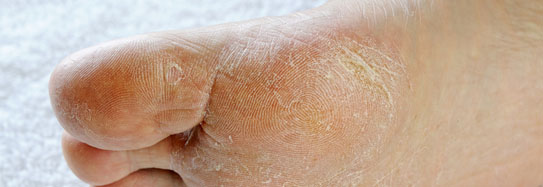Your pancreas is a small organ (about 6” by 1.5”) that is part of your digestive system. It connects to your small intestine and sits just below your stomach towards the back. Your pancreas has a few roles, one is to help digest the food you eat and another is to secrete (send out) insulin, which stimulates your cells to use the glucose in the food and drink you consume.
When a person has diabetes, the pancreas doesn’t function properly. The pancreas either doesn’t secrete insulin at all or not effectively, depending on the type of diabetes.
Type 1 diabetes
Type 1 used to be called juvenile or insulin-dependent diabetes. It is now called type 1. The names changed because older people can develop type 1 diabetes. As well, insulin isn’t restricted to people with this type of diabetes.
With type 1 diabetes, the pancreas cannot produce the insulin needed for the body to metabolize the glucose in the bloodstream.
Type 2 diabetes
Type 2 used to be called adult-onset or non-insulin-dependent diabetes. Neither of these names works because now younger people are developing type 2 diabetes, and it is not unusual for someone with type 2 diabetes to need insulin.
With type 2, the pancreas either doesn’t produce enough insulin, or the body cannot effectively use the produced insulin.
Gestational diabetes
This type of diabetes occurs during pregnancy. People with gestational diabetes are at higher risk of developing type 2 diabetes later in life.

